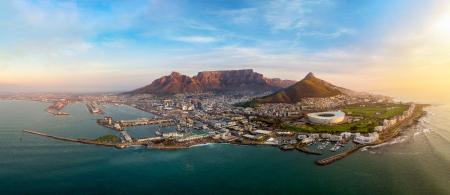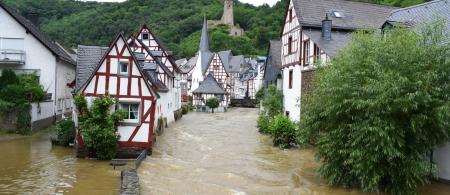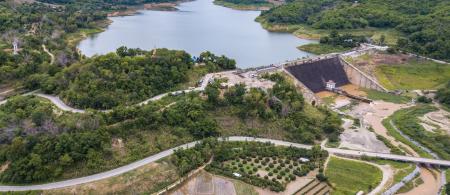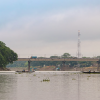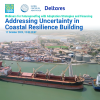Coastal Areas
Human societies will need to adapt to sea level rise, which means flooding, increasing risk of storm surges, coastal erosion and the loss of low-lying coastal systems. Also there are many other risks associated with saltwater intrusion and ecosystem degradation and temperature changes affect livelihoods and large scale ecosystem functioning.
When the future of coastlines needs to be decided on, a range of different values needs to be assessed. Coasts are valuable to many different people who need to have say in the solutions concerning adaptation.
Latest news and events
The WAC community of practice on floating development is discussing how to scale up their engagement to benefit countries exposed to floods and sea level rise. A webinar is being prepared for on the 2nd of September.
Find Out More
Register: https://lnkd.in/ekSZM2q5
Livestream: https://lnkd.in/eyP4QP59
More: https://lnkd.in/d7npfEg
Articles
Choosing the strategy: retreat, defence or attack
Various scenarios or vision building can be done investigating different options involving: retreat, defence, or “attack”. This section will elaborate more on these different steps.
Retreat
Retreat is inevitable in some places. Planned retreat is preferred which can include compensation to coastal citizens who will at some point need to abandon their land.
Defence
Coastal defence can range from hard structures to nature based solutions. Sand dunes often provide a natural defence against sea level rise and can be strengthened.

Attack
Attack or coastal advance is an option which means building into the sea. Floating developments is a traditional solution which is used in both low and high income countries. How to scale up this solution to support coastal adaptation is a mission for the Community of Practice on floating development.





